Logs:
1. Overview
2. D-type Flip-Flops
3. The Decoders
4. It's alive!
5. 2nd digit and RTC
6. Stuck... Unstuck... and redoing some work
7. Decoders continued...
8. Update June 2018
9. Timekeeping and RTC
10. Foto update (Nov 2018)
11. It's finished!
Relay Logic Clock
A digital 24 hour clock using only relays and diodes for the counting logic.
 Dave Gönner
Dave Gönner


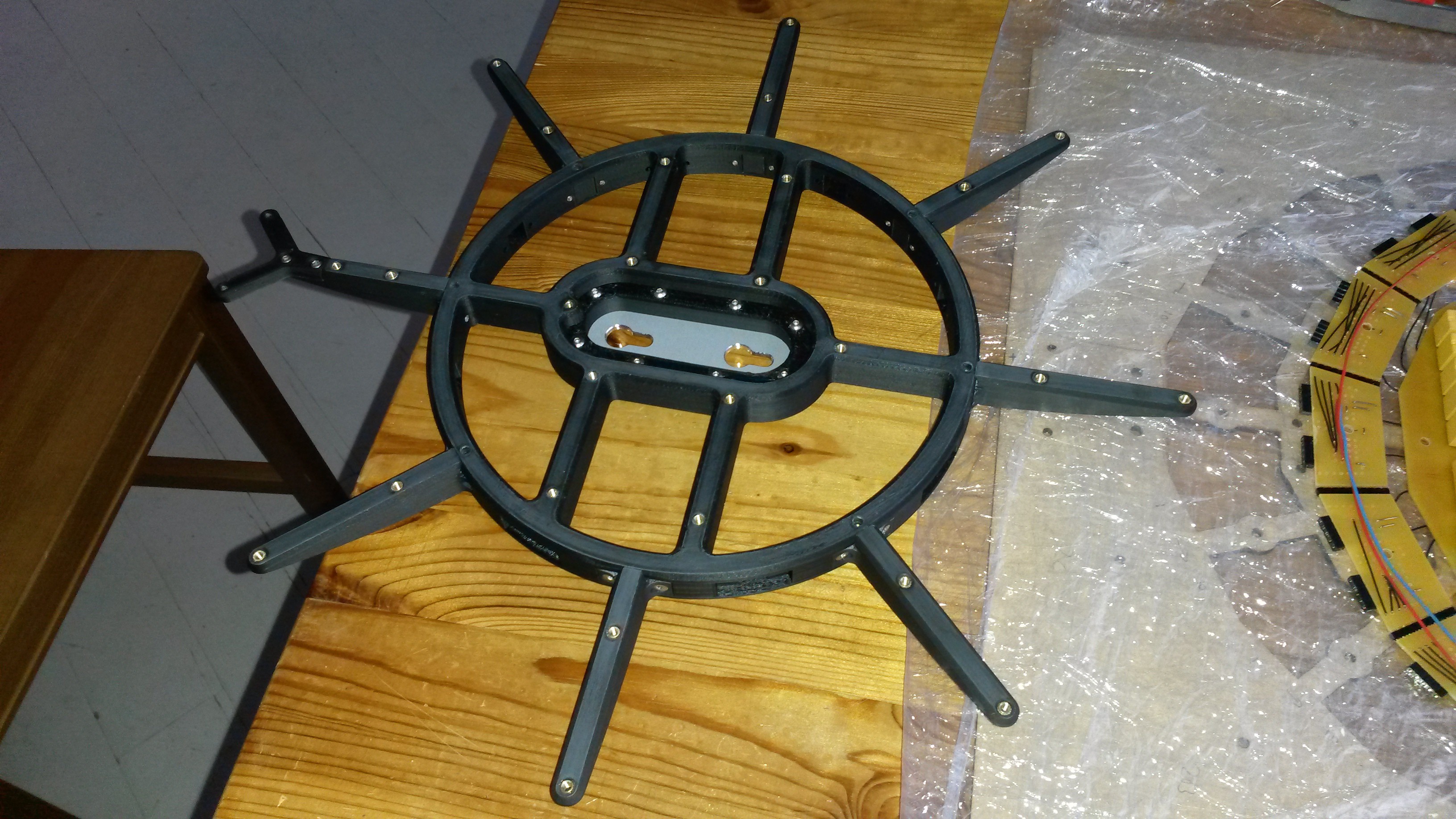
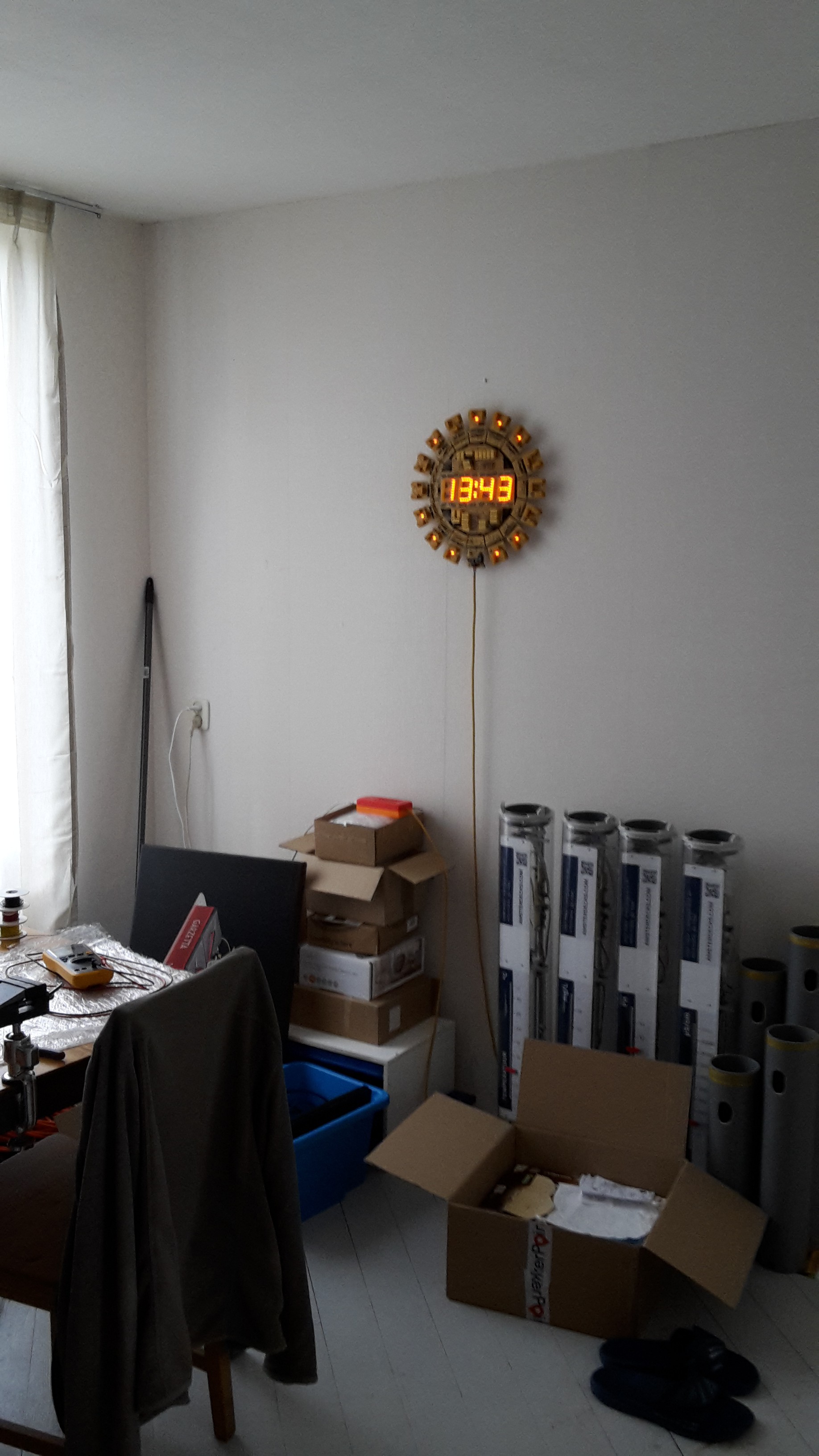
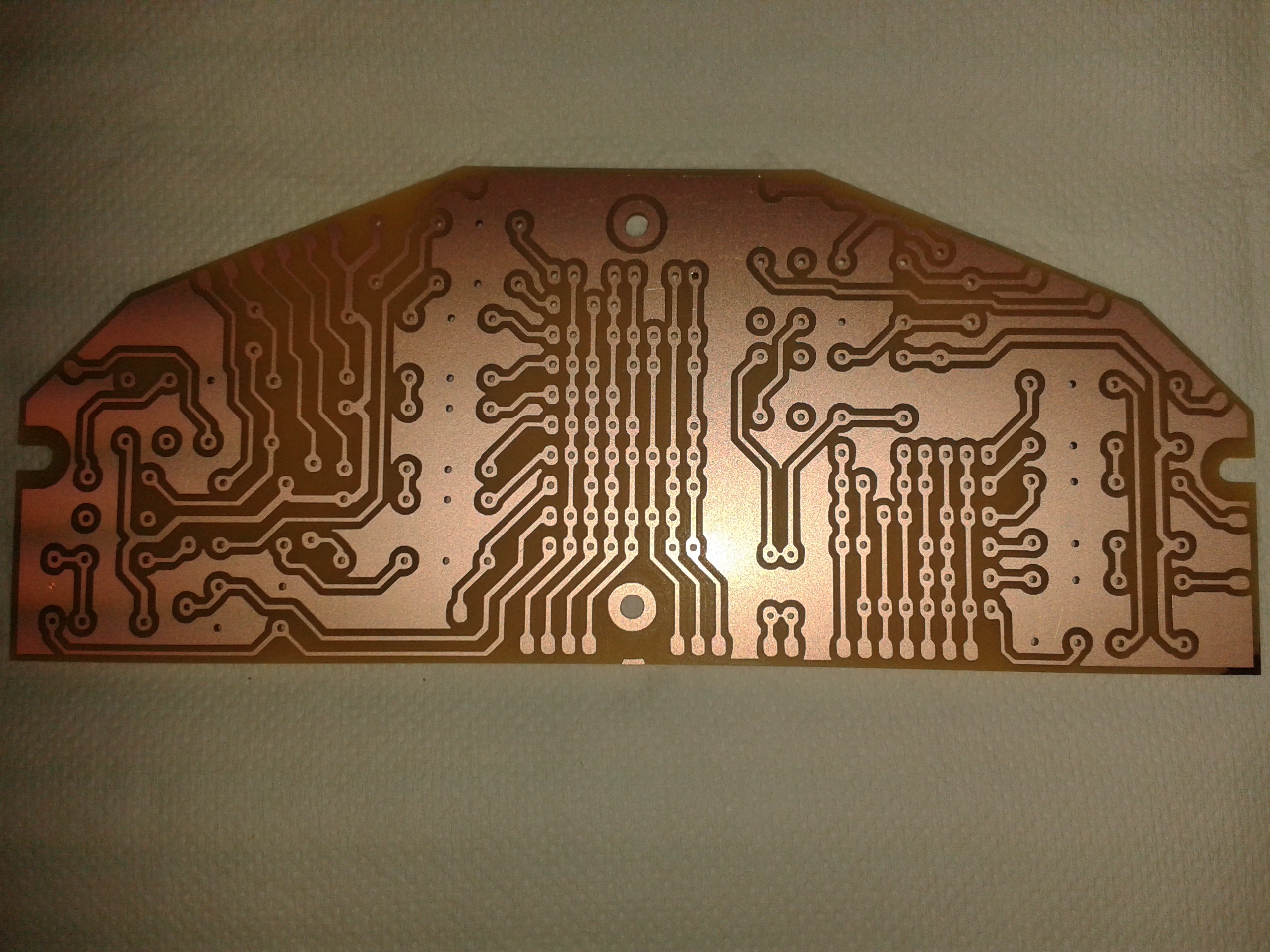
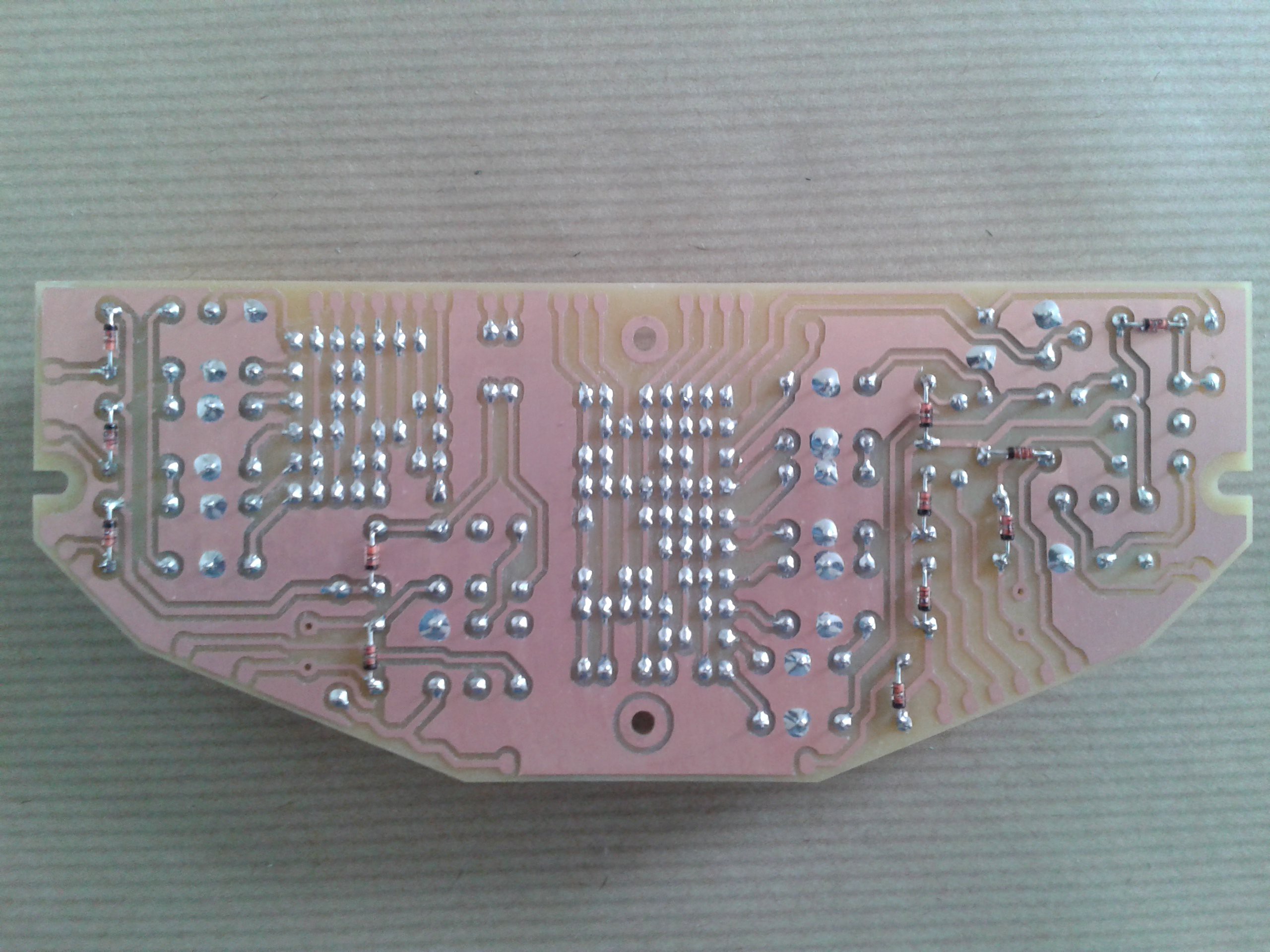
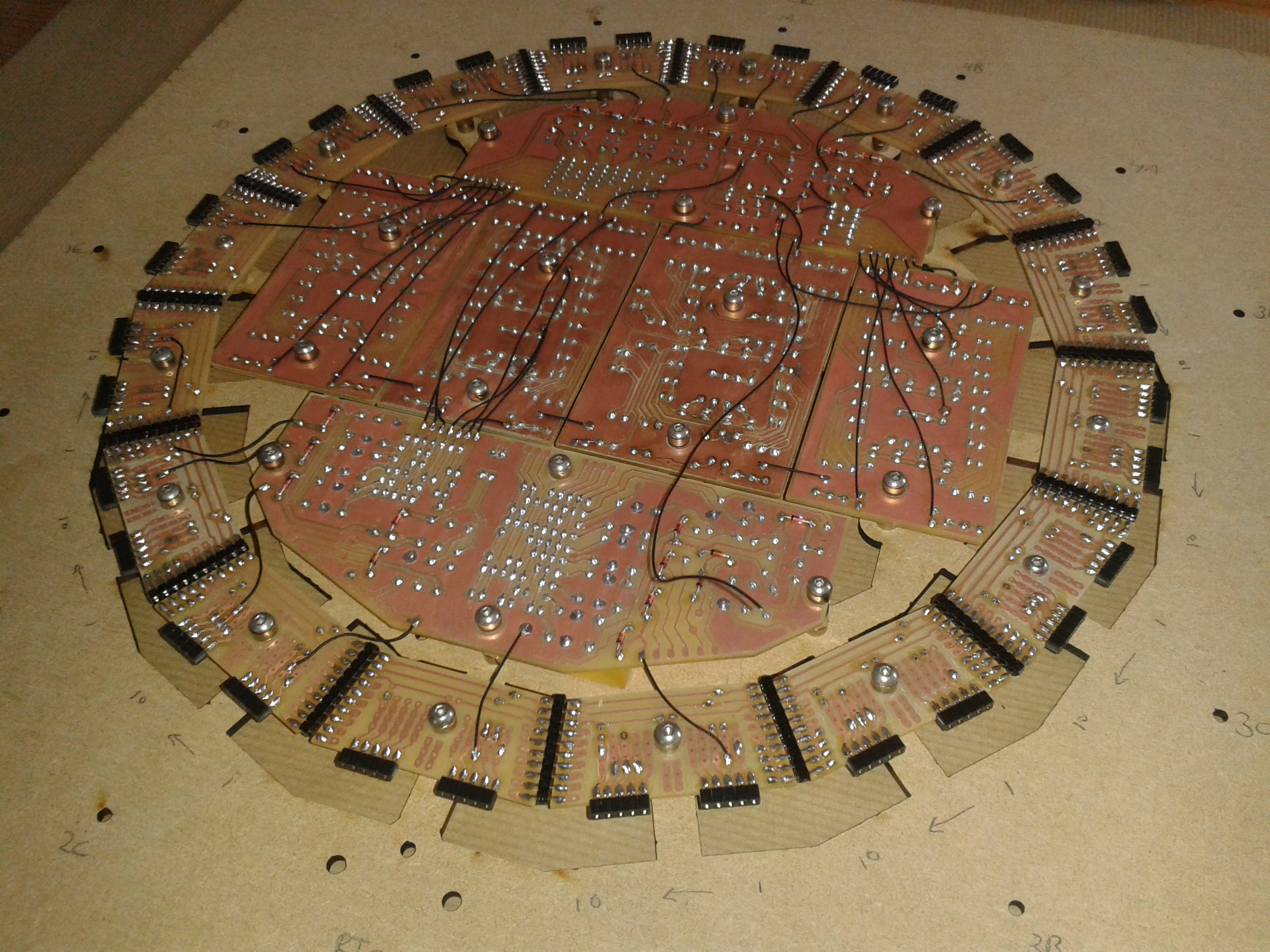
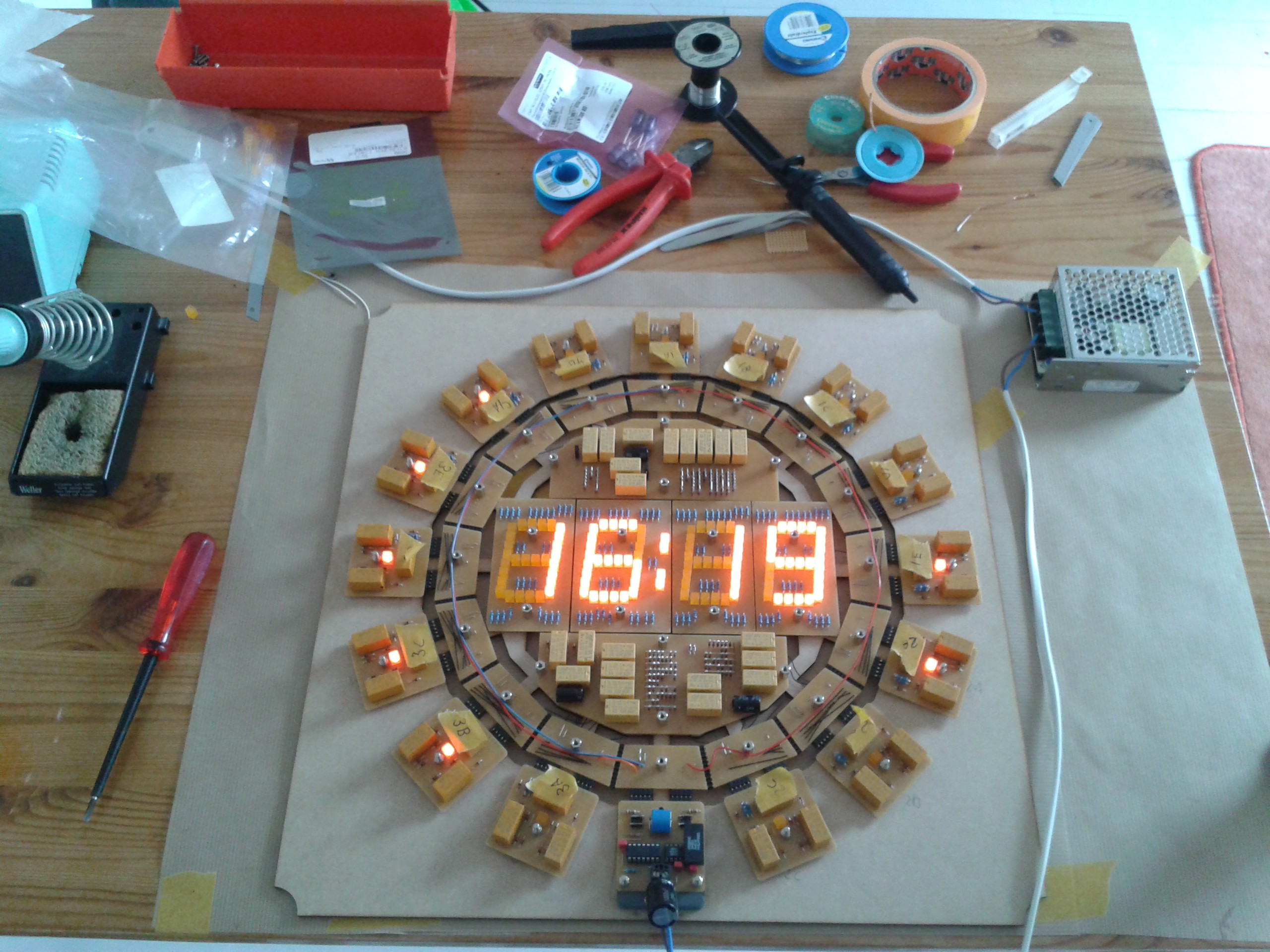
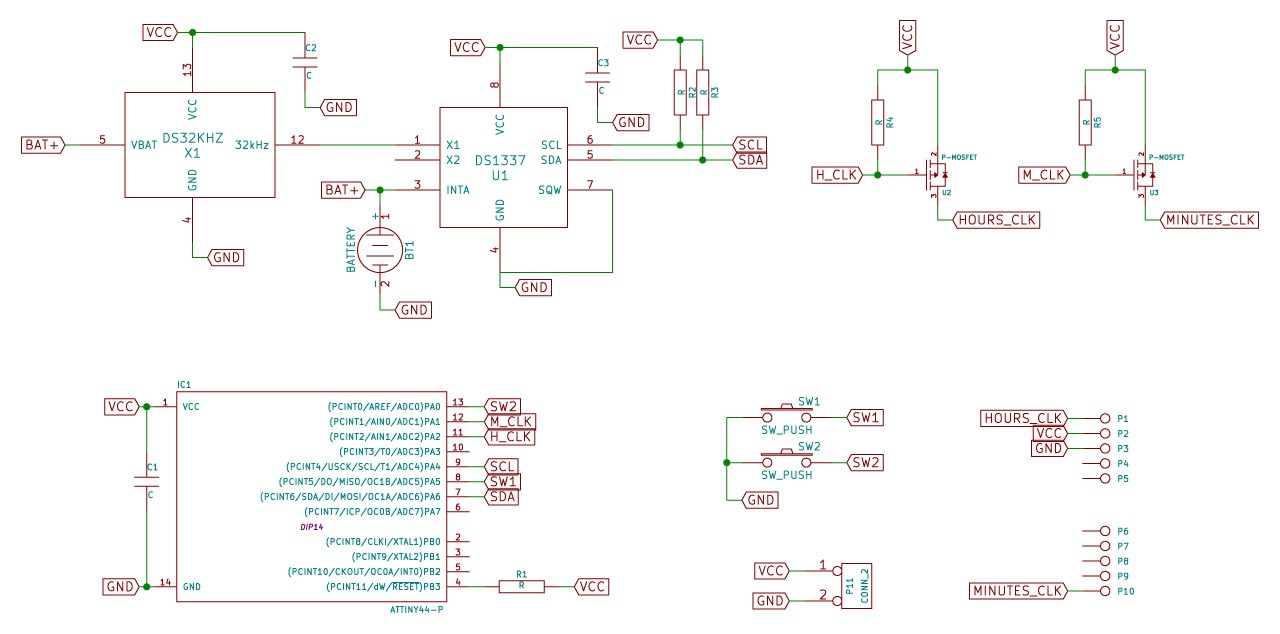
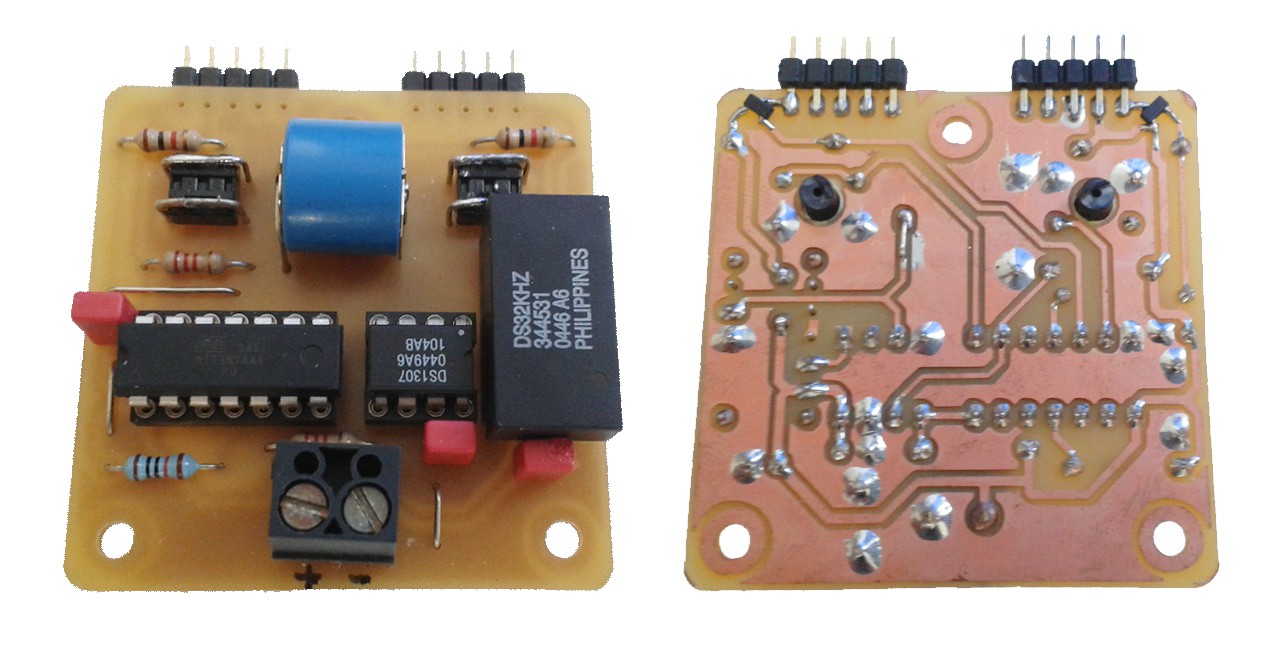
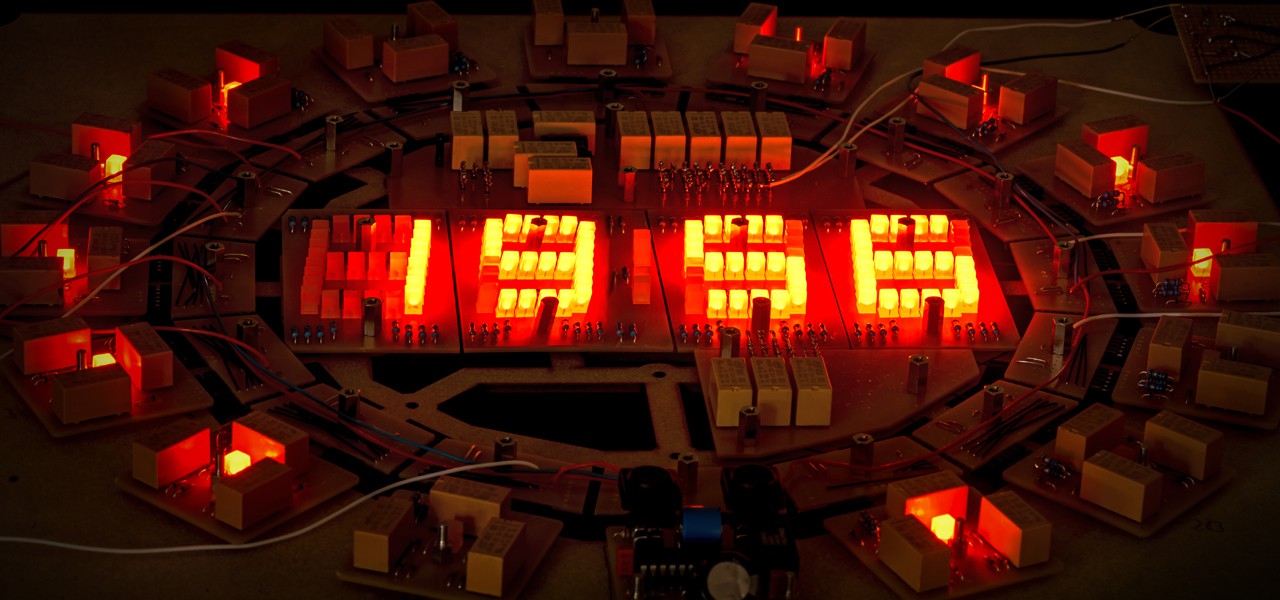

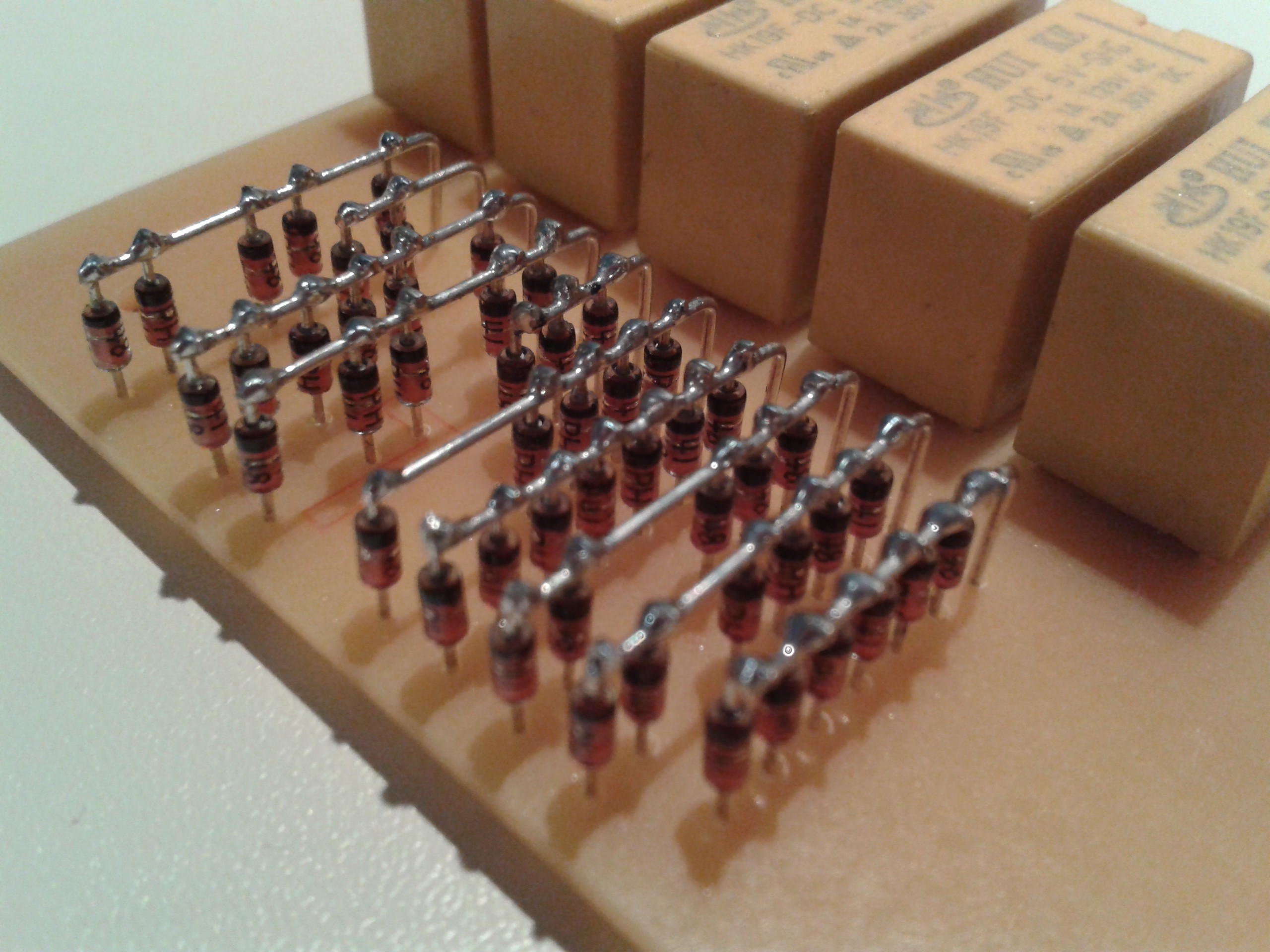
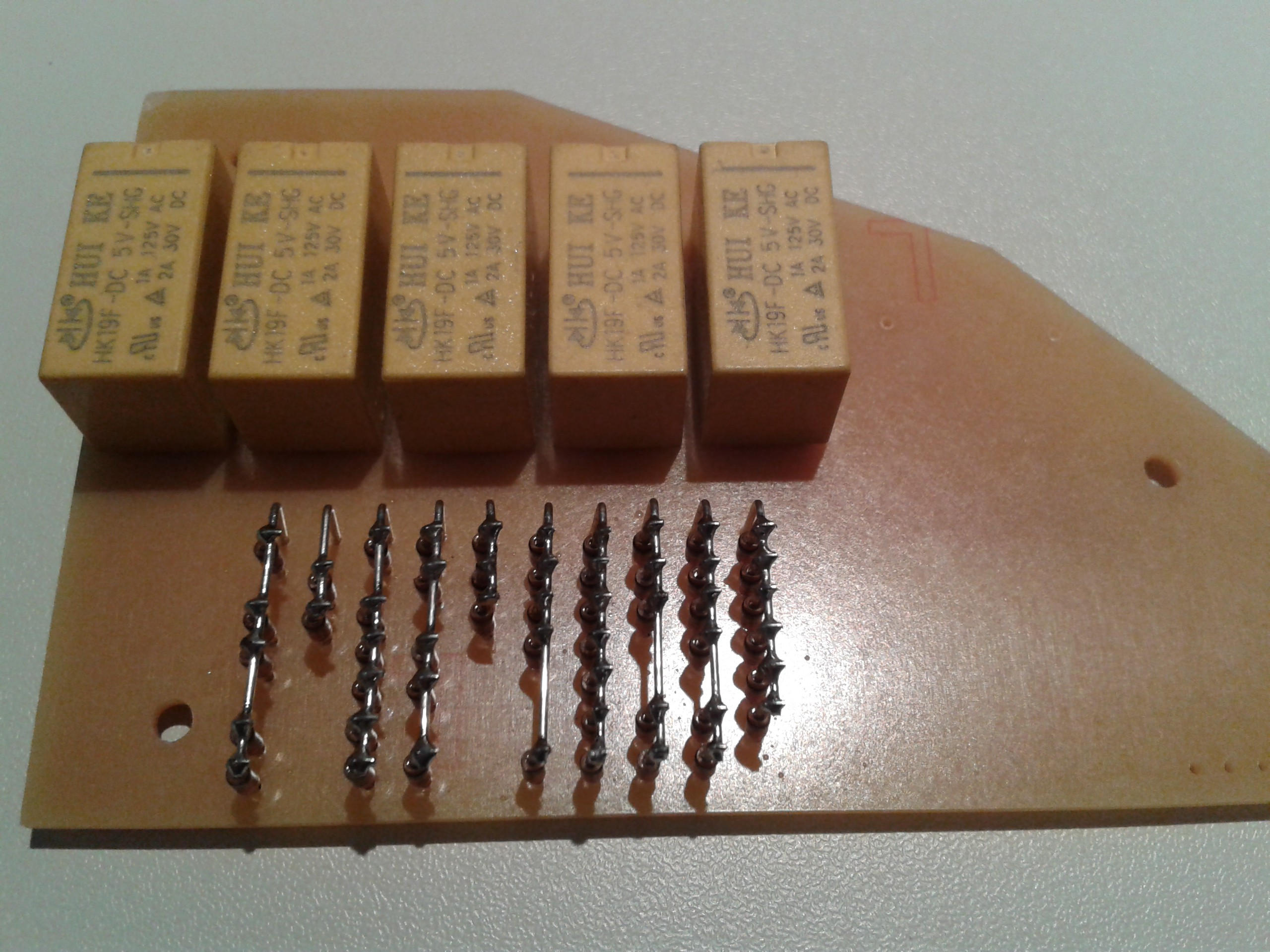



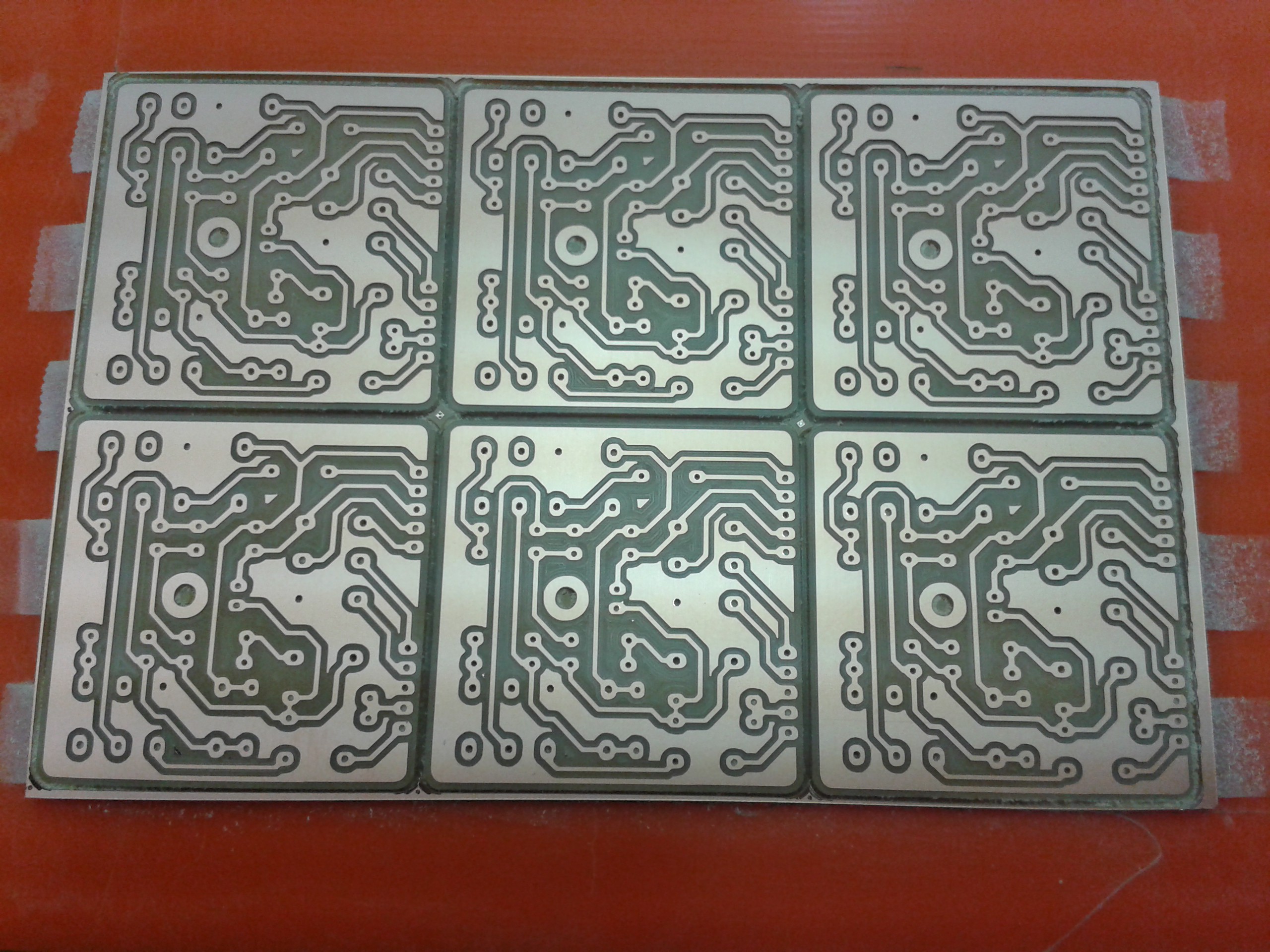
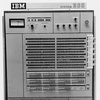






 Kris Slyka
Kris Slyka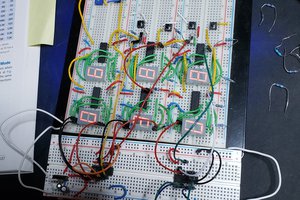
 dic3jam
dic3jam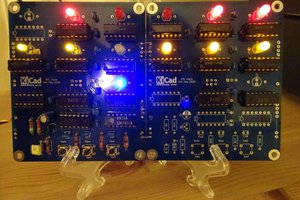
 Ken Yap
Ken Yap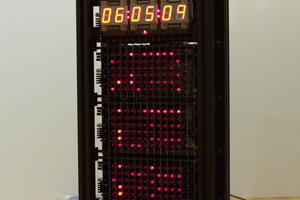
 Ted Yapo
Ted Yapo
Someof your schematics are dark blue and dark red on a black background. This makes them very difficult to read.
Great project, I have always wanted to see someone actually use relay logic, but my eyes are killing me trying to read those schematics.